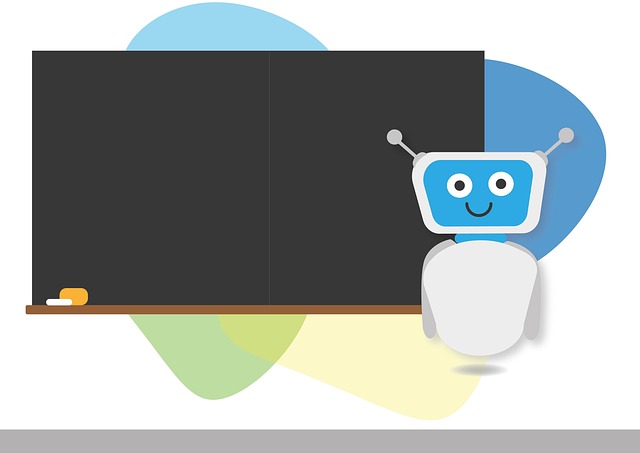AI assistants are revolutionizing education by offering personalized learning experiences tailored to each student's unique needs and learning styles, leveraging data analysis for dynamic, adaptive learning paths. These tools provide targeted feedback, relevant resources, and one-on-one guidance, empowering students to learn at their own pace and enhancing engagement, comprehension, and educational outcomes. Integrating AI assistants into education offers significant advantages, such as 24/7 accessibility, automation of administrative tasks, and personalized instruction, while challenges like privacy concerns, ethical data handling, and bridging the digital divide require attention for equitable access.
“Unleashing the potential of Artificial Intelligence (AI) in education, this article explores how AI learning assistants are transforming teaching methodologies. From personalized learning paths to enhanced student engagement, these assistants adapt to individual needs. We delve into the benefits, such as improved retention rates and tailored instruction, while also addressing challenges like data privacy concerns. By integrating AI technology, educational institutions can foster a more dynamic and effective learning environment.”
- The Role of AI Assistants in Personalized Learning
- Improving Student Engagement and Retention with AI Technology
- Integrating AI into Education: Benefits and Challenges
The Role of AI Assistants in Personalized Learning

AI assistants are transforming education by enabling personalized learning experiences tailored to each student’s unique needs and learning styles. These intelligent tools can analyze vast amounts of data, including a student’s performance history, preferences, and even emotional state, to create dynamic and adaptive learning paths. By providing targeted feedback, suggesting relevant resources, and offering one-on-one guidance, AI assistants empower students to learn at their own pace, ensuring no one gets left behind.
They play a pivotal role in democratizing education by making high-quality instruction accessible to all, regardless of background or previous academic performance. This personalized approach fosters deeper engagement, enhances comprehension, and ultimately leads to improved educational outcomes. As AI assistants continue to evolve, they promise to revolutionize the way we think about teaching and learning, creating a more inclusive and effective educational landscape.
Improving Student Engagement and Retention with AI Technology

The integration of AI learning assistants into educational settings has the potential to revolutionize student engagement and retention. These intelligent systems can adapt to individual learning styles, providing personalized support that caters to each student’s unique needs. By offering immediate feedback, AI assistants encourage active participation and foster a deeper understanding of complex concepts. Students are no longer limited to traditional classroom interactions; they can now access resources and guidance on-demand, creating an environment that promotes curiosity and sustained interest.
Moreover, AI technology enables continuous learning by tracking student progress and identifying areas where additional support is required. This proactive approach helps students stay on track and reduces the likelihood of falling behind. With personalized encouragement and accessible resources, learners are more likely to engage actively, resulting in higher retention rates and improved overall academic performance.
Integrating AI into Education: Benefits and Challenges

Integrating AI assistants into education brings about a multitude of benefits, revolutionizing how students learn and interact with educational content. These intelligent tools can personalize learning experiences, providing tailored support to each student’s unique needs. They offer round-the-clock accessibility, allowing learners to engage with lessons at their own pace and convenience. Moreover, AI assistants can automate mundane tasks like grading assignments, freeing up educators’ time for more meaningful interactions with students.
However, the integration process also presents challenges. Privacy and ethical considerations are paramount, as ensuring student data security is essential. Additionally, there’s a risk of technology creating a digital divide if not all students have equal access to AI resources. Implementing these tools requires careful planning and strategies to address potential technical issues and ensure every learner can benefit from the enhanced educational environment.
